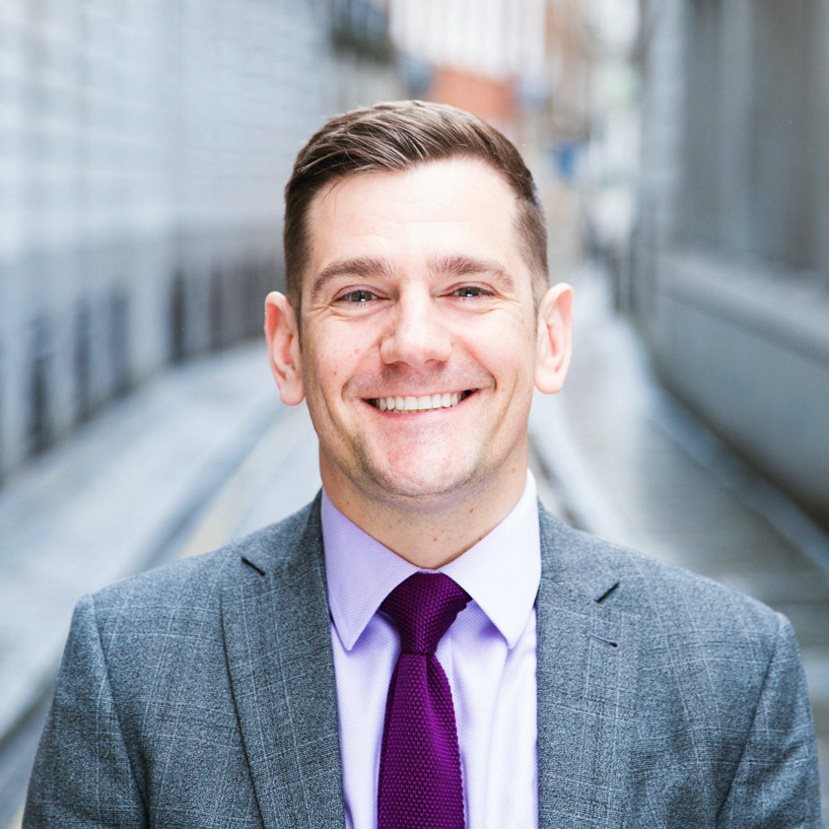Hanover’s executive search process explained

Sign up to receive the latest insights
The executive search process varies between different recruitment companies. At Hanover, we ensure that each part of the process is shaped around the client.
Speaking transparently, finding and placing senior executive level professionals and taking our time to do so effectively means we will only start a search we know we can complete. If we don’t think we will find the right person for the role, we will be open and let our client know that.
Our team of associates have a wide range of expertise, enabling us to cover various industries and sectors. While all of our processes follow the framework I’ve outlined below, there is scope for flexibility and customisation within it.
The 6 steps to recruiting high-performing talent with Hanover as your executive search partner
Step 1: Strategy Meeting
During an initial, in-depth strategy meeting, we work with you to design your end goal in terms of the positions or positions you want to fill, and get a really good understanding of the full picture of your business. We discuss why you are where you are, how to get to your end goal, how long it will take and where any potential challenges are.
The aim of this initial meeting is primarily to ascertain goals and set targets, but also to provide reassurance for you as our client, because we don’t take on any search that we aren’t confident about.
How long the search process will take is really important to establish at this point. This sets expectations, and means that neither you nor any potential candidates are unsure of timings. It’s also important to stick within these time parameters, or you will be at risk of losing out on great hires.
Step 2: The Search
With all of the information from the strategy meeting, we can begin our search. Usually based on qualification, skill set and region, our search will often result in a longlist of 15-50 people.
In order to achieve this, we use a mix of online tools and our company CRM system (we have over 26 years of experience and market knowledge), as well as our own networks, to find the best people in the whole market. This will typically take two to five weeks.
Step 3: Longlist
Once the candidates in the long list have been identified, we will present this longlist to you, which is essentially a summary of who the candidates are and what they do.
We will ask you for your thoughts and work together to approve the list in a collaborative way. Following this meeting, we’ll begin to determine the shortlist.
Step 4: The Shortlist
Our shortlist of candidates can be anything from three to 11 professionals, all of whom have relevant experience and are equipped for the role.
As an illustration of how we can customise our approach to suit your business needs, one of my colleagues is known for having his own ‘long shortlist,’ and will often interview up to 20 candidates to ensure that he can really secure the best person for the job. That’s just how thorough retained search is.
The shortlisting part of the process identifies the candidates who are within your budget, in the right location and - crucially - are actively interested in the role.
During our interviews, we are completely transparent with candidates about where they are in the search process and how many others are also being considered. This transparency is crucial for all parties to get the best out of the search process, as it also facilitates the potential for any future relationships. In a contingent model, there is room for candidates to feel misled or as if they’re the only candidate in the running. If we fail to be transparent, that’s where the link in the chain becomes weak or unreliable.
Step 5: Interviews:
Here, we hand the interviews over to you. This is typically a three-round process (although in some industries, twice this number of interviews isn’t uncommon), and many of our clients typically know which candidate they want by the second interview. Many of our clients also use Hanover’s personality assessment profiling solution or a more structured assessment delivered through our talent solutions team. That means the third and final interview is more of a sense-checking exercise where you might also involve additional people within the business.
Throughout your interview process, we’ll liaise with candidates so they get a consistent message, giving them greater transparency and making them aware of what they can expect and when.
Step 6: Offer
The last step in the search process is when the offer is made. We will normally approach your chosen candidate to discuss this, and we’ll also manage any negotiations of their package between them and you.
We work especially closely with you during this step, ensuring that both you and the candidate are kept happy. In contingent search, because of this lack of collaboration, these deals go sour all too often because of the candidate being led astray or elsewhere via counter offers or an increase in salary - our close, collaborative approach significantly reduces these risks.
If you need to fill a senior level position at your company, contact me and let’s set up time for a chat.




